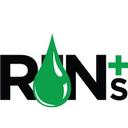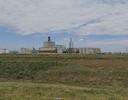Making Biodiesel Profitable Without Tax Credits?

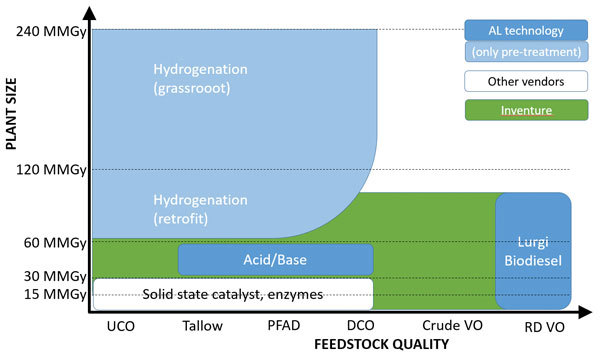

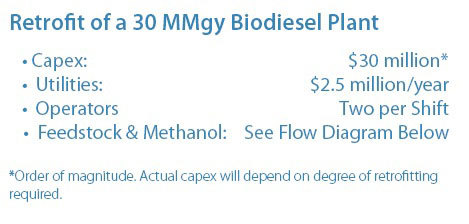
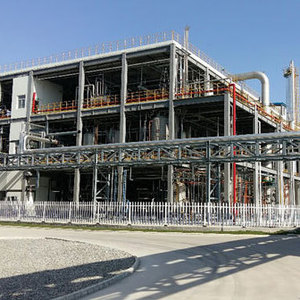
PHOTO: INVENTURE RENEWABLES
January 2, 2020
BY Etienne Sturm
Until recently, there have been four families of biofuels technologies related to diesel substitutes.
Conventional biodiesel. Transesterification of oil with sodium methylate represents 80 percent of the installed capacity in the U.S. The process features low capital expenditure (approximately $1 to $1.5/gallon) but requires the use of high-quality, low free fatty acid (FFA) feedstocks such as refined vegetable oils. The feedstock requirements for this process make these producers reliant on federal tax credits like the blenders tax credit (BTC) to support the production economics.
Acid/base technology. This represents an evolution of the conventional transesterification process and includes a re-esterification step to remove FFA from feedstock. This approach can process waste feedstocks with high FFA levels but requires an expensive pretreatment step. Producers who invest in this pretreatment step can process waste oils and obtain a lower carbon-intensity (CI) score when selling fuel into California under the Low Carbon Fuel Standard.
Renewable diesel. Produced through hydrotreating fats and oils, renewable diesel has caught a wave of investment in the U.S. and is the technology behind a majority of announced U.S. renewable fuel project capacity growth. Renewable diesel producers have the advantage of being able to process waste feedstocks and to manufacture drop-in diesel and jet fuel. Like biodiesel producers, they can generate higher LCFS credits through the use of waste feedstocks. Despite its advantages, renewable diesel is typically only economical if implemented through a refinery retrofit or applied at large scale for greenfield projects, due to the high capital costs compared to conventional biodiesel.
Solid state or enzymatic catalysts. These technologies have a very small market footprint with only a few small plants in operation. They can also accept various feedstocks, but the high cost of the enzymes or the difficulties to purify the product downstream may be some of the challenges with this route.
Air Liquide Portfolio
Air Liquide Engineering & Construction is active in each of these areas, with an extensive product portfolio in oleochemicals. Air Liquide is a leader in biodiesel plant design and has built more than 75 plants using its trademarked Lurgi biodiesel technology, including a recently completed 60 MMgy biodiesel plant in Wichita, Kansas, in 2019.
Air Liquide’s involvement in renewable diesel projects stems from its core business in the production and sale of hydrogen and its unique oil-splitting pretreatment technology. This patented technology combines ultra-degumming and bleaching with oil splitting to remove glycerin before the hydrogenation reactor. This oil-splitting step translates to increased production capacity, no propane byproduct, and lower hydrogen and utilities consumption, which ultimately further reduces the CI of the fuel.
Air Liquide’s engagement in biodiesel technologies has made it well-positioned to understand the advantages and shortcomings of each of these approaches, whether that be the high capex requirements of renewable diesel or the high operational costs associated with conventional biodiesel production.
The most important concern is always how to best serve the more than 100 existing biodiesel facilities throughout the country, many of which are using Air Liquide’s Lurgi biodiesel technology. Without federal tax credits, many of these facilities have struggled commercially for the past two years.
With this experience and following discussions with a wide range of customers, Air Liquide identified the market need for a new approach that would feature low capital expenditure; retrofit ability for existing biodiesel plants; feedstock flexibility to allow use of low-quality, low-cost feedstocks; and, most importantly, the ability to be profitable even without tax credits.
Inventure Renewables
Having identified this market need, Air Liquide’s path crossed with Inventure Renewables, a technology company with an impressive track record of innovation and recently commercialized technologies.
One of them is a novel transesterification technology based on supercritical reaction without catalyst. This innovative biodiesel technology aligned perfectly with Air Liquide’s analysis of the market need.
Advertisement
Advertisement
For Inventure, Air Liquide represented a strong partner with a global presence and the experience to commercialize, design and fabricate projects at scale. Both companies began collaborating in early 2019 and this resulted in a long-term partnership agreement in October making Air Liquide exclusive licensor of the Inventure process.
This technology can process the least-expensive, lowest-cost waste oils and fats to produce distilled biodiesel and premium glycerin. The technology has been in commercial operation since 2017 and is a simple retrofit for existing transesterification facilities.
This truly represents a game-changing process for the U.S. market, combining the advantages of existing technologies, but without any of the disadvantages. It can process any feedstock, including crude or refined vegetable oil, distillers corn oil, used cooking oil, acid oil, tallow, yellow grease and more with minimal cleaning required. Capex is similar to conventional biodiesel (around $1 to $1.5/gallon) and is considerably lower than renewable diesel’s capex. Conversion costs are lower than any biofuel technology. All in, it adds up to a payback period of less than one year.
The technology improves the economics of existing plants significantly, providing a 56-cent/gallon feedstock advantage and 74-cent/gallon LCFS credit advantage, totaling $1.30/gallon.
Finally, and importantly, the Inventure process can be retrofitted into existing biodiesel facilities, as some of the front and backend equipment can be reused. Not only can this process fill a previously unoccupied niche in the biodiesel market, but it may be the only way some existing producers can survive long-term—without federal tax credits. Therefore, it has tremendous potential in the U.S. market.
Author: Etienne Sturm
Business Development Director
Air Liquide Engineering & Construction
713-624-8970
etienne.sturm@airliquide.com
inventure@airliquide.com
Advertisement
Advertisement
Related Stories
Biodiesel capacity in the U.S. and Canada dipped slightly stable in 2024, with several renewable diesel producers reporting headwinds and lower margins alongside a drove of SAF projects in various stages of development.
The IEA’s Task 39 group has new research regarding the development and status of the sustainable aviation fuel industry.
The U.S. EPA on Nov. 16 released updated RIN data, reporting that nearly 2.11 billion RINs were generated under the RFS in October, up from 1.81 billion generated during the same month of last year.
Conestoga to host SAFFiRE cellulosic ethanol pilot plant
Conestoga Energy and SAFFiRE Renewables LLC announced on Nov. 16 their agreement for Conestoga to host SAFFiRE’s cellulosic ethanol pilot plant at Conestoga’s Arkalon Energy ethanol facility in Liberal, Kansas.
Officials at Calumet Specialty Products Partners L.P. discussed the company’s proposed plans to boost sustainable aviation fuel (SAF) production at its Montana Renewables biorefinery during third quarter earnings call, held Nov. 9.
Upcoming Events



